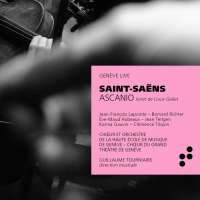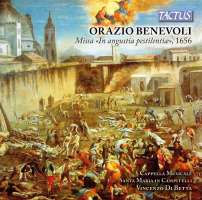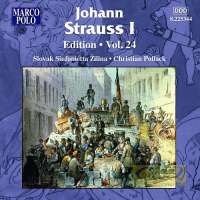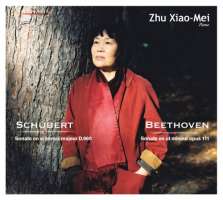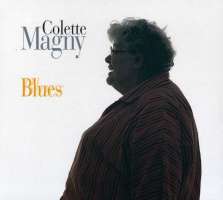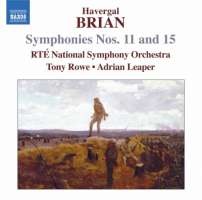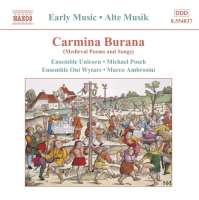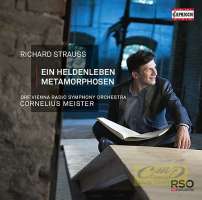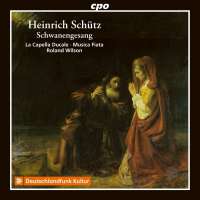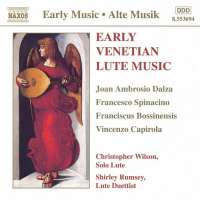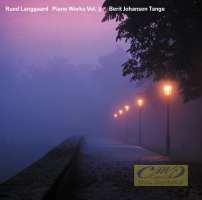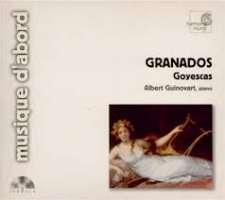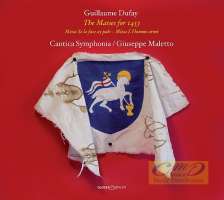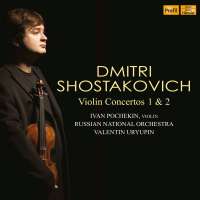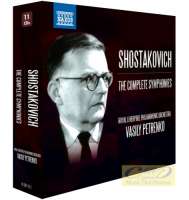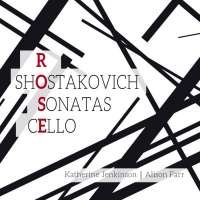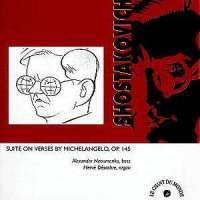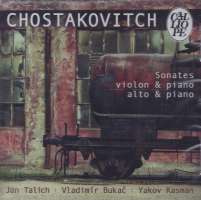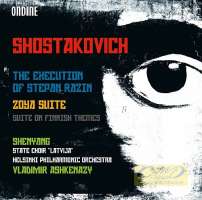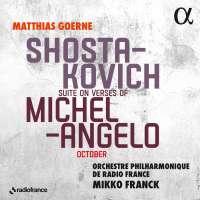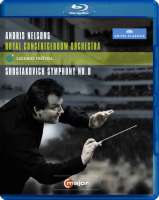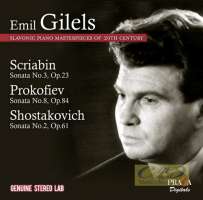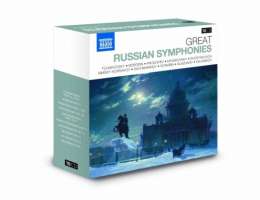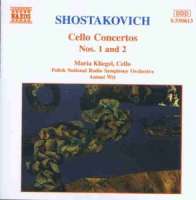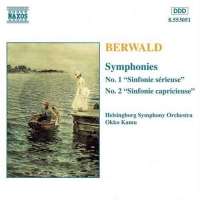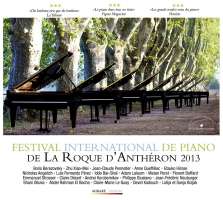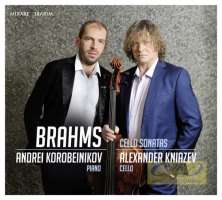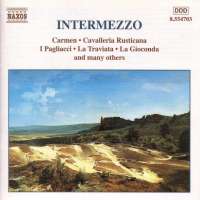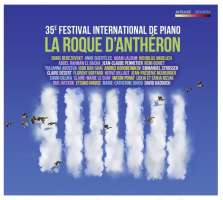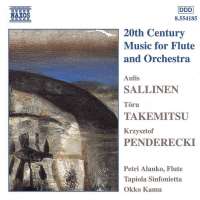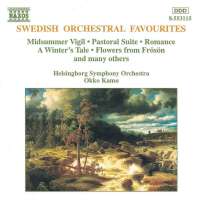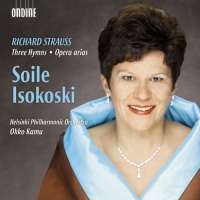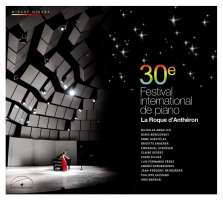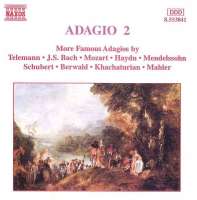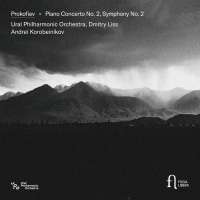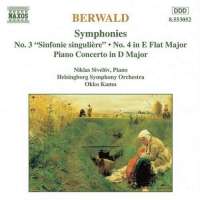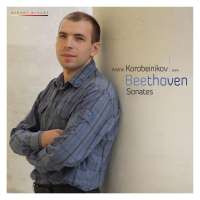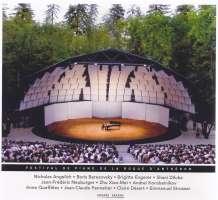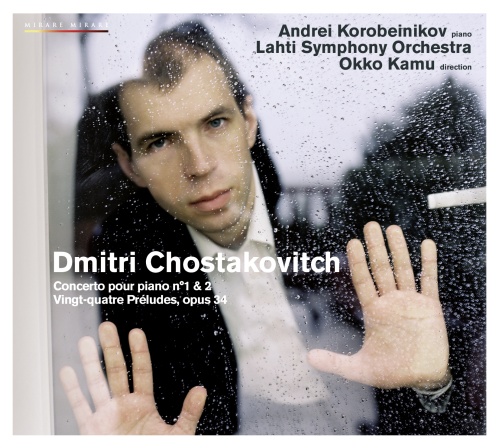
classical music distribution

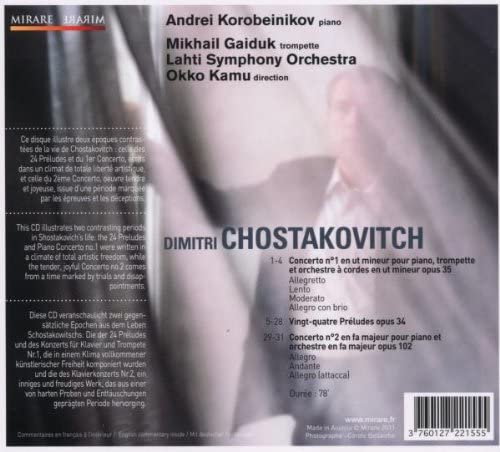
(Produkt nie został jeszcze oceniony)
kompozytor
Shostakovich, Dmitry
tytuł
Shostakovich: Concertos pour piano nos. 1 & 2
wykonawcy
Korobeinikov, Andrei;
Kamu, Okko;
Lahti Symphony Orchestra
Kamu, Okko;
Lahti Symphony Orchestra
nr katalogowy
MIR 155
opis
Following the death of Stalin in 1953, the Soviet Union enjoyed a period of relative liberalization, particularly in the field of culture, which allowed many artists to express themselves more freely without fear of government rebuke. During this period, Shostakovich composed some of his most passionate, emotional works, including the Tenth Symphony, Sixth String Quartet, and Second Piano Concerto. The piece was composed in 1956 and 1957 for his son, Maxim Shostakovich, who gave the first performance on May 10, 1957, his 19th birthday. The work retains the light-hearted, almost flippant character of the First Concerto, but eschews its dark cynicism, overflowing with rich, firmly drawn thematic ideas. The first movement opens with a light, lively bassoon introduction before the piano solo enters with the cleverly joking main theme, giving the movement its natural sense of momentum and flow from the outset. As in many of his other piano works, Shostakovich exhibits his love for the instrument's extremes, casting the melody several times in three-octave unison while the brilliant wind orchestrations provide a contrapuntal background. The dreamy slow movement, like the rest of the concerto, is straightforward in its structure and simple in its language. The finale, more than any other movement, showcases the youthful character Shostakovich intended for his son's performance, although at no point does the work sound condescending or patronizing. As a gentle family dig, Shostakovich includes passages in the final movement quoting the well known finger-facility exercises of Hanon, saying it was the only way he could get his son to practice them. The work is enjoyable for young and old, for performer and listener, alike.
nośnik
CD
gatunek
Muzyka klasyczna
producent
Mirare
data wydania
16-01-2012
EAN / kod kreskowy
3760127221555

(Produkt nie został jeszcze oceniony)
cena 64,00 zł
lubProdukt dostepny w niewielkiej ilości.
Wysyłka w ciągu 3 dni roboczych
Darmowa wysyłka dla zamówień powyżej 300 zł!
Darmowy kurier dla zamówień powyżej 500 zł!
sprawdź koszty wysyłkiProduktu jeszcze nie zrecenzowano, chcesz być pierwszy?
Klienci, którzy kupili ten produkt, kupili również
Beethoven, Ludwig van, Schubert, Franz
Beethoven: Sonata No. 32 / Schubert: Sonata No. 23
MIR 157
Havergal Brian
Havergal Brian: Symphonies Nos. 11 & 15, Doctor Merryheart, For Valour
8.572014
Vieuxtemps, Henri, Vierne, Louis
Vieuxtemps & Vierne: Sonates pour violon et piano
CYP 4665
Pozostałe płyty tego kompozytora
Shostakovich, Dmitry
Shostakovich: The Execution of Stepan Razin, Zoya Suite, Suite on Finnish Themes
ODE 1225-2
Shostakovich, Dmitry, Prokofiev, Sergey, Scriabin, Alexander
WYCOFANY Scriabin, Prokofiev, Shostakovich: Sonatas
PRD 250327
Pozostałe płyty tego wykonawcy
Napisz recenzję dla: Shostakovich: Concertos pour piano nos. 1 & 2
Zapytaj o dostępność produktu
Twoje zapytanie:
Odpowiemy na adres:
Produkt został dodany do koszyka

Shostakovich, Dmitry
Shostakovich: Concertos pour piano nos. 1 & 2
1 szt
